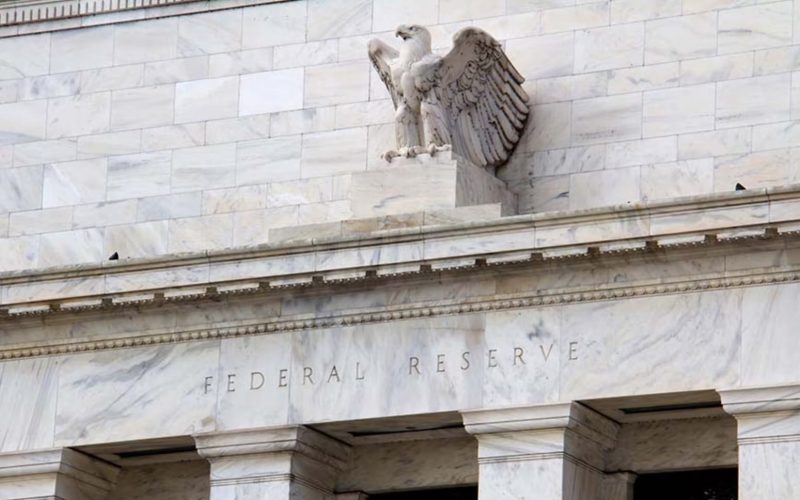by Liz Ann Sonders, Chief Investment Strategist, Kevin Gordon, Charles Schwab & Company Ltd.
Investors should be careful what they wish for in hoping for an aggressive Fed rate cutting cycle, given stocks tend to do better when cuts are slow and steady.
As we get into this topic, a shoutout is warranted to our great friends at Ned Davis Research for their enviable historical database on the subject; as is often the case, making our job in this case just a little easier (and more robust). An important starting point in assessing rate cuts' impact on stocks necessitates the distinction between "fast" and "slow" cutting cycles. Fast easing cycles were ones during which the Fed cut rates at least five times per year, while slow easing cycles had less than five cuts. "Non-cycles" were cases of only one rate cut, not followed by more.
Slow vs. fast
Go lower slower

Source: ©Copyright 2024 Ned Davis Research, Inc.
1954-8/30/2024. The chart and table shows S&P 500 Index performance around the start of Fed easing cycles. Y-axis is indexed to 100 at start of first rate cut. An index number is a figure reflecting price or quantity compared with a base value. The base value always has an index number of 100. The index number is then expressed as 100 times the ratio to the base value. A fast cycle (orange line) is one in which the Fed cuts rates at least five times a year. A slow cycle (blue line) has less than five cuts within a year while a non-cycle (green line) is case with just one cut. Black line represents all first cuts. Indexes are unmanaged, do not incur management fees, costs and expenses and cannot be invested in directly. Past performance is no guarantee of future results.

Source: Charles Schwab, Bloomberg, Federal Reserve, Ned Davis Research Inc., as of 8/30/2024.
A fast cycle is one in which the Fed cuts rates at least five times a year. A slow cycle has less than five cuts within a year while a non-cycle is case with just one cut. Indexes are unmanaged, do not incur management fees, costs and expenses and cannot be invested in directly. Past performance is no guarantee of future results.
Cyclicals vs. defensives
Cyclicals like it slow

Source: ©Copyright 2024 Ned Davis Research, Inc. 1974-8/30/2024.
The chart and embedded tables show broad cyclical relative to defensive sector performance around the start of Fed easing cycles. Y-axis is indexed to 100 at start of first rate cut. An index number is a figure reflecting price or quantity compared with a base value. The base value always has an index number of 100. The index number is then expressed as 100 times the ratio to the base value. A fast easing cycle (orange line) is one in which the Fed cuts rates at least five times a year. A slow easing cycle (black line) has less than five cuts within a year. Blue line represents all first cuts. Indexes are unmanaged, do not incur management fees, costs and expenses and cannot be invested in directly. Past performance is no guarantee of future results.
Labor now winning the mandate duel
As shown in the chart below, it's quite common to see the year-over-year trend in both the headline and core Personal Consumption Expenditures (PCE) Price Indexes ease into the first cut of the cycle. Perhaps unsurprisingly, in the recession cases (shown via the blue and red lines), inflation tended to fall rather sharply after the Fed started cutting. Absent a recession (shown via the green and yellow lines), inflation tended to continue to ease and then reaccelerated a touch nearly six months after the start of the cutting cycle.
As is the case with rate cuts, inflation's decline is also a case of "be careful what you wish for." While the large increase in price levels over the past few years has been difficult for consumers, wishing for a swift decline in inflation or price levels would likely be consistent with a recession (and more significant weakness in the labor market).
Recessions are an inflation killer

Source: ©Copyright 2024 Ned Davis Research, Inc. 1960-8/30/2024.
Y-axis is indexed to 100 at start of first rate cut. An index number is a figure reflecting price or quantity compared with a base value. The base value always has an index number of 100. The index number is then expressed as 100 times the ratio to the base value.
Payrolls' short "head up"

Source: ©Copyright 2024 Ned Davis Research, Inc. 1954-8/30/2024.
Y-axis is indexed to 100 at start of first rate cut. An index number is a figure reflecting price or quantity compared with a base value. The base value always has an index number of 100. The index number is then expressed as 100 times the ratio to the base value.
What say you, small caps?
Soft landings not small-cap friendly

Source: ©Copyright 2024 Ned Davis Research, Inc. 1980-8/30/2024.
Y-axis is indexed to 100 at start of first rate cut. An index number is a figure reflecting price or quantity compared with a base value. The base value always has an index number of 100. The index number is then expressed as 100 times the ratio to the base value. Indexes are unmanaged, do not incur management fees, costs and expenses and cannot be invested in directly. Past performance is no guarantee of future results.










